Ancient Egyptian Catacomb reveals Carvings of a ‘ worthy ‘ woman and her pet
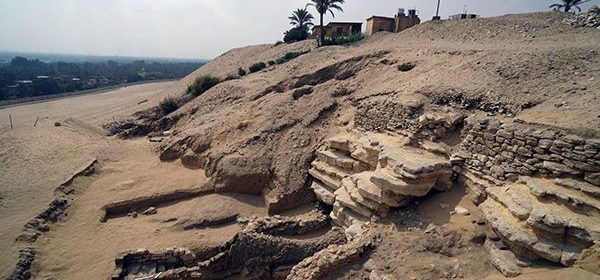
Ancient Egyptian Catacomb reveals Carvings of a ‘ worthy ‘ woman and her pet
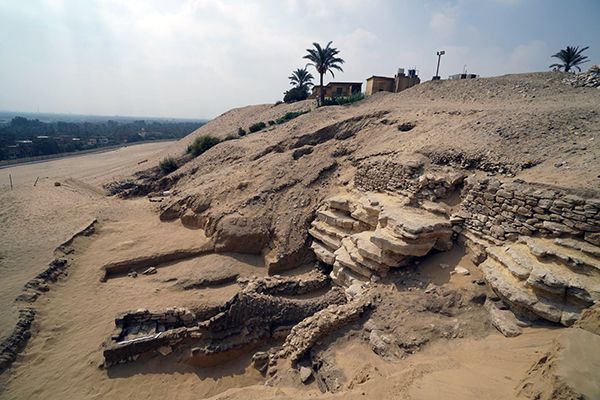
The exterior of the catacomb discovered by the Egyptian-Japanese team. It was constructed almost 2,000 years ago, at a time when Egypt was ruled by the Romans.
A woman named “Demetria” was laid to rest in a magnificently decorated catacomb in Egypt at Saqqara, nearly 2,000 years ago, at a time when the Romans ruled Egypt.
An underground tomb carving seemed to show Demetria wearing an elaborate dress and carrying grapes. Some kind of pet looks up at her, with two of its paws on her dress.
An Egyptian-Japanese team, led by archeology professor Nozomo Kawai at Kanazawa University in Japan, discovered the catacomb at a Saqqara site, a large burial ground that acted as a royalty necropolis and other officials in Memphis, Egypt’s first capital.
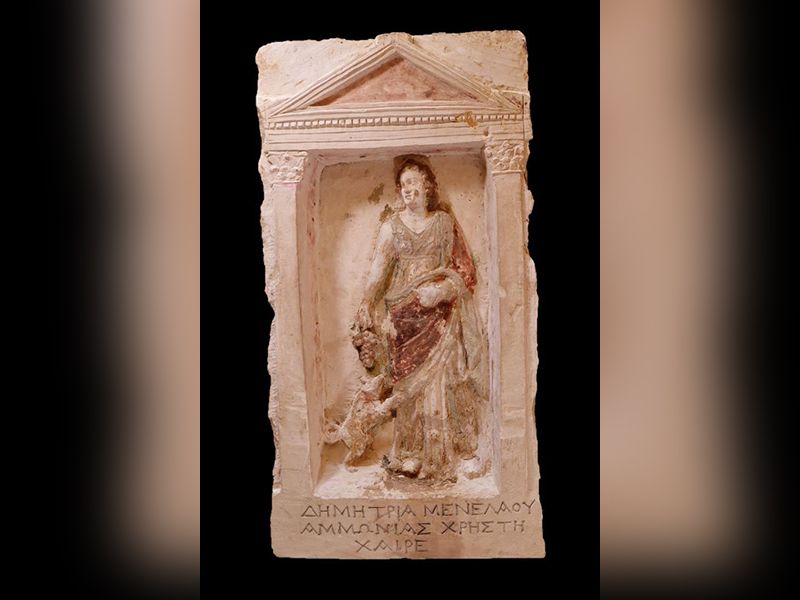
In a statement, the Egyptian Antiquities Ministry announced the discovery of Nov. 5. Roger Bagnall, an expert on Roman Egypt, was asked by Live Science to translate the inscriptions found in the tomb and shown in photos published by the Ministry of Antiquities.
The Greek inscription on the carving that depicts Demetria with a pet reads, “Demetria daughter of Menelaos, granddaughter of Ammonia, worthy, farewell,” according to Bagnall, emeritus professor of ancient history at New York University.
Ammonia appears to be Demetria’s paternal grandmother, Bagnall said. Since the paternal grandfather isn’t named, he may have been considered illegitimate, Bagnall said.
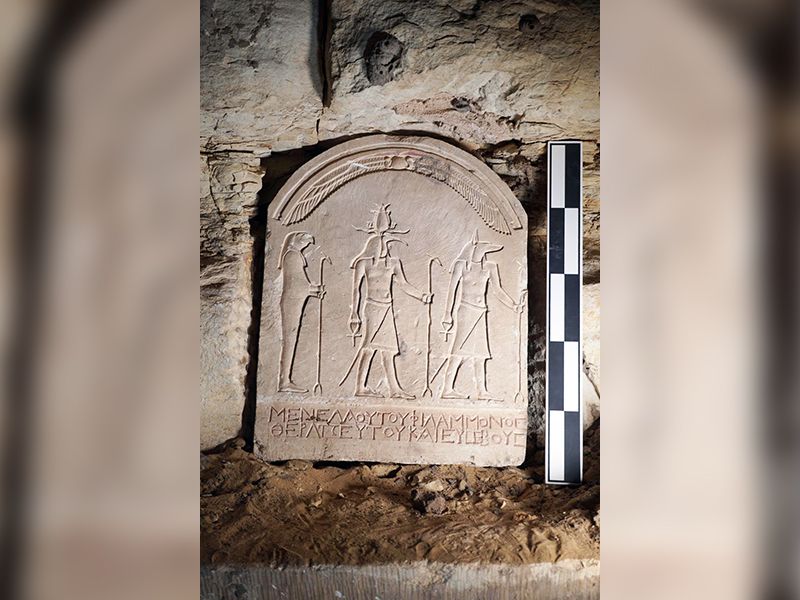
Another carving found in the catacomb shows the Egyptian gods Seth, Thoth and Anubis with wings appearing over them. The Greek inscription underneath the gods says “of Menelaos son of Philammon, servant and reverent,” Bagnall told Live Science.
The Greek name “Therapeutes,” used to describe his servitude, is “very rare in Egyptian documents'” and indicates that he was likely a servant to a god rather than to a person, Bagnall said. Scholars debate the duties and lifestyle of a “Therapeutes.”
Two statues, each about 22 inches (55 centimetres) long and 7.5 inches (19 cm) high, were also found in the catacomb, the ministry said in the statement. The statues depict feline-like creatures, but the ministry statement didn’t specify the animal type.
The archaeologists also found figurines and the remains of mummies in the catacomb, the statement said.
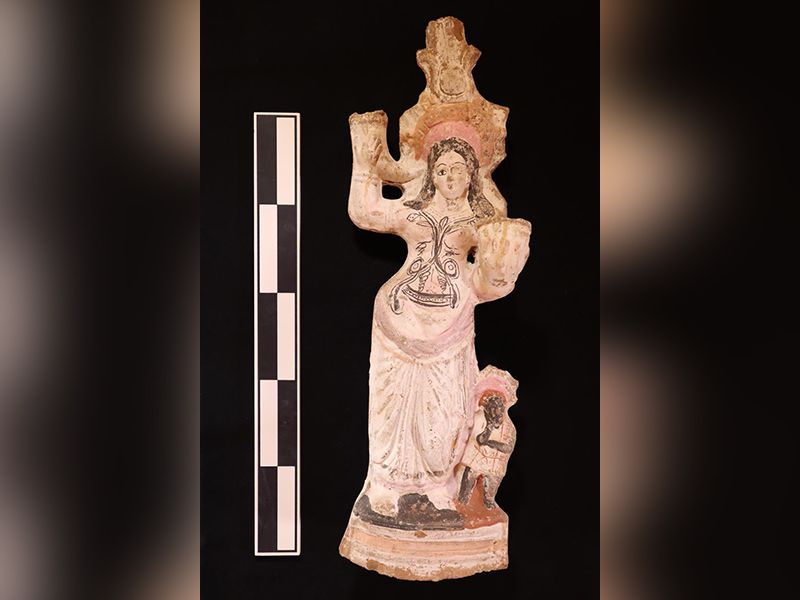
The burial ground of Saqqara where the catacomb was found has divulged a wealth of secrets about ancient Egypt and is the spot where Pharaoh Djoser, the second king of the Third Dynasty, had a monument erected for him that became the first pyramid in ancient Egypt. Pyramids and tombs of kings from the Fifth and Sixth Dynasties can be found at Saqqara.
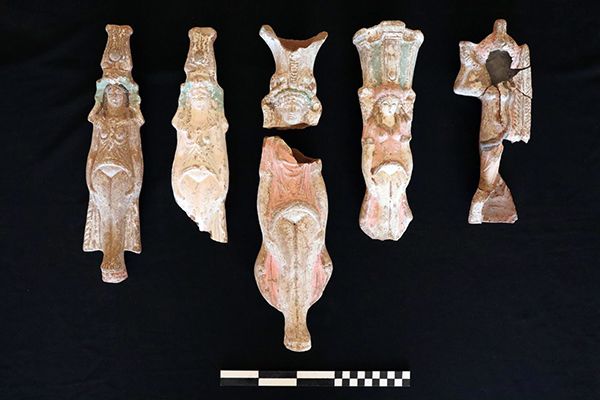

A number of archaeological discoveries have been made at Saqqara in recent years including a 2,500-year-old tomb containing a gilded silver face mask, a 4,400-year-old tomb built for a ‘divine inspector’ and another 4,400-year-old tomb built for a man named Khuwy who called himself the “sole friend” to a pharaoh.
The perhaps more well-known necropolis at Giza holds the remains of royalty from the Fourth Dynasty, while the pharaoh Tutankhamun, who lived during the 18th dynasty, was buried in the Valley of the Kings near Luxor.